Strategic Retail Planning Via Naver Shopping Data Extraction
 retailscrape
retailscrape
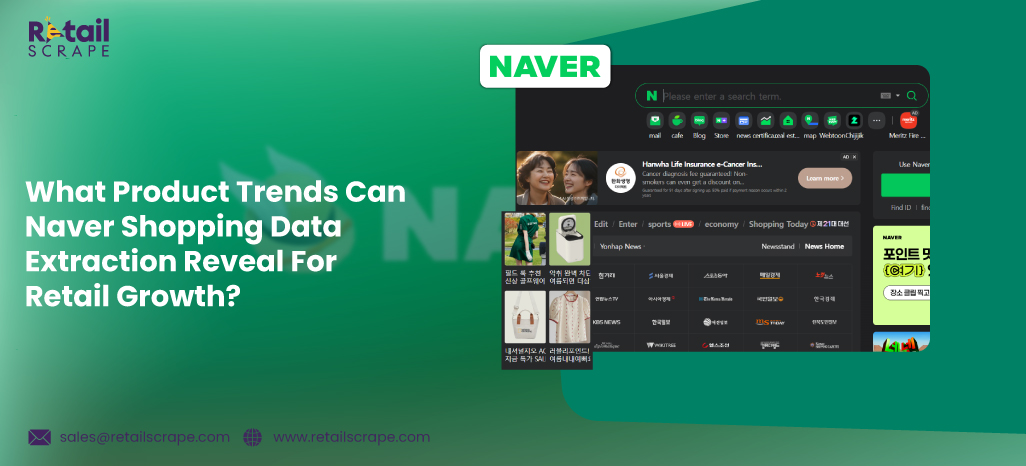
Introduction
The Korean e-commerce landscape presents a goldmine of consumer behavior insights that remain largely untapped by Western retailers. As Korea's dominant search engine and shopping platform, Naver offers unprecedented visibility into consumer preferences, seasonal trends, and emerging product categories that can transform retail strategy. Naver Shopping Data Extraction has emerged as a critical intelligence tool for forward-thinking retail businesses looking to expand their market understanding beyond traditional Western platforms.
With over 42 million active monthly users and a marketplace that hosts more than 450,000 sellers, Naver Shopping represents a microcosm of Asian consumer trends that often precede global retail movements. Korean consumers are known for their early adoption of innovative products, particularly in beauty, technology, and lifestyle categories.
By implementing systematic Naver Shopping Data Extraction, retailers can identify product trends months before they reach Western markets, allowing for strategic inventory planning and competitive positioning.
Emerging Product Categories Revealed Through Market Intelligence

The most valuable aspect of Naver Shopping Data Extraction is its ability to reveal emerging product categories that may not yet be trending on platforms like Amazon or eBay. Korean consumers have demonstrated a pattern of early adoption for products that gain global traction later.
For example, the cushion foundation makeup category exploded on Naver nearly two years before becoming mainstream in Western beauty retailers. Similarly, specialized skincare categories like cica creams and centella-based products gained momentum on Naver long before Western adoption.
Recent data extracted from Naver Shopping reveals several emerging categories that retailers should watch:
Sustainable home goods with multifunctional design.
Tech-enhanced wellness devices for personal health monitoring.
Premium pet wellness products with human-grade ingredients.
Plant-based food alternatives with Asian flavor profiles.
Smart home products with integrated AI functionality.
These categories represent potential growth opportunities for retailers who can identify and stock these products ahead of broader market adoption. Implementing Price Tracking Scraping for these categories can provide valuable insights into pricing strategies and consumer price sensitivity within these emerging segments.
Seasonal Trend Forecasting for Inventory Optimization
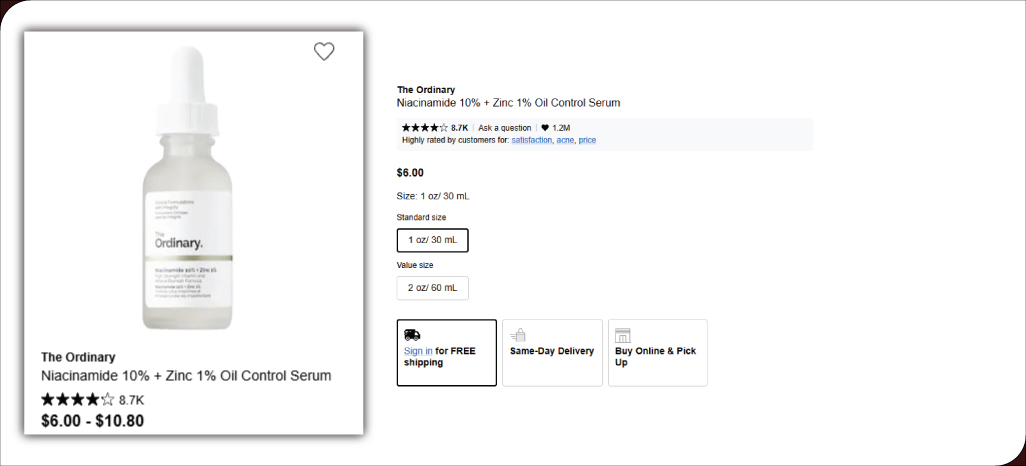
One of the most significant challenges retailers face is managing inventory during seasonal transitions. Scraping Naver Shopping Data For Market Trends provides visibility into seasonal product performance patterns that can inform strategic inventory planning.
By analyzing historical data patterns, retailers can predict which product categories will experience demand increases during specific seasons and plan accordingly. Korean consumers often display distinctive seasonal shopping behaviors that can provide early indicators for global trends.
For example, analysis of Naver Shopping data shows that seasonal transitions for beauty products in Korea typically begin 4-6 weeks earlier than in Western markets. Retailers who track these transitions can adjust their inventory and marketing strategies to capitalize on emerging seasonal demand before competitors.
Using Naver Shopping Data For Inventory Management allows retailers to:
Predict seasonal category shifts with greater accuracy.
Identify peak selling periods for specific product types.
Reduce overstock and stockout situations.
Optimize promotional timing to align with natural demand cycles.
Improve cash flow by reducing idle inventory.
This intelligence is particularly valuable for retailers operating in categories with strong seasonal components, such as fashion, beauty, outdoor equipment, and home decor.
Competitive Pricing Intelligence and Market Positioning
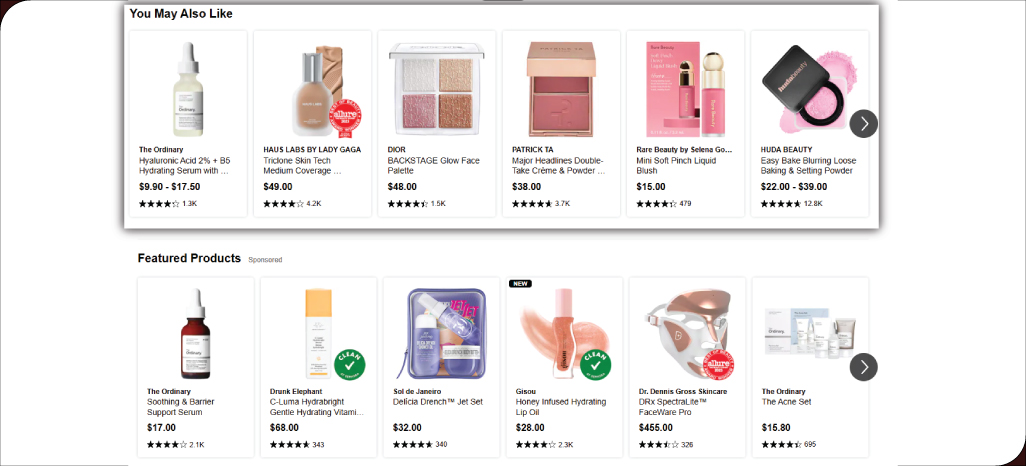
In today's competitive retail environment, pricing strategy represents one of the most critical components of market success. Using Price Comparison Scraping Tools to analyze Naver Shopping can reveal sophisticated pricing patterns that inform effective positioning strategies. Korean e-commerce is characterized by intense competition and rapid price adjustments, making it an excellent laboratory for developing pricing strategies.
Through systematic Price Tracking Scraping, retailers can identify:
Pricing thresholds that trigger consumer buying behavior.
Optimal discount percentages for different product categories.
Competitor pricing patterns and promotional strategies.
Price elasticity of demand for specific product types.
Seasonal price fluctuation patterns.
Real-Time Pricing Intelligence from Naver Shopping reveals that Korean consumers respond most favorably to pricing strategies emphasizing value rather than the lowest price. Product bundles, limited-time offers, and membership pricing models consistently outperform straight discounting strategies. These insights can be adapted for Western markets to create more sophisticated pricing approaches.
Product Bundling and Cross-Selling Opportunities
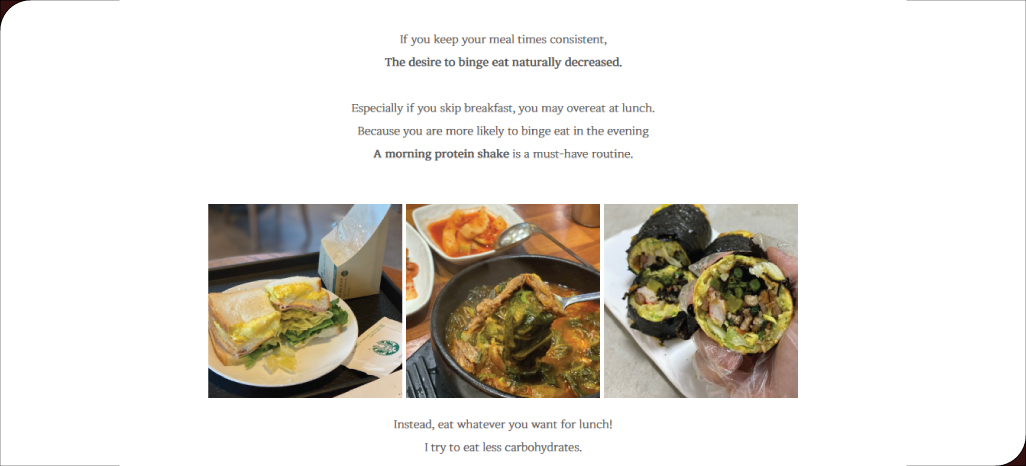
Extracting Top-Selling Products From Naver Shopping can provide valuable insights into practical product bundling and cross-selling strategies. Korean retailers excel at creating compelling product combinations that increase average order value while enhancing consumers' perceived value. By analyzing these patterns, Western retailers can develop more effective merchandising strategies.
Data from Naver Shopping reveals several successful bundling patterns:
Complementary skincare products grouped by skin concern rather than brand.
Tech accessories are bundled with primary devices based on use case rather than manufacturer.
Home products are bundled by aesthetic theme rather than function.
Food items are bundled based on meal occasions rather than product type.
These bundling approaches consistently drive higher conversion rates and higher average order values than traditional bundling methods. By implementing these insights, retailers can develop more sophisticated merchandising strategies that resonate with consumer preferences.
Consumer Review Analysis for Product Development
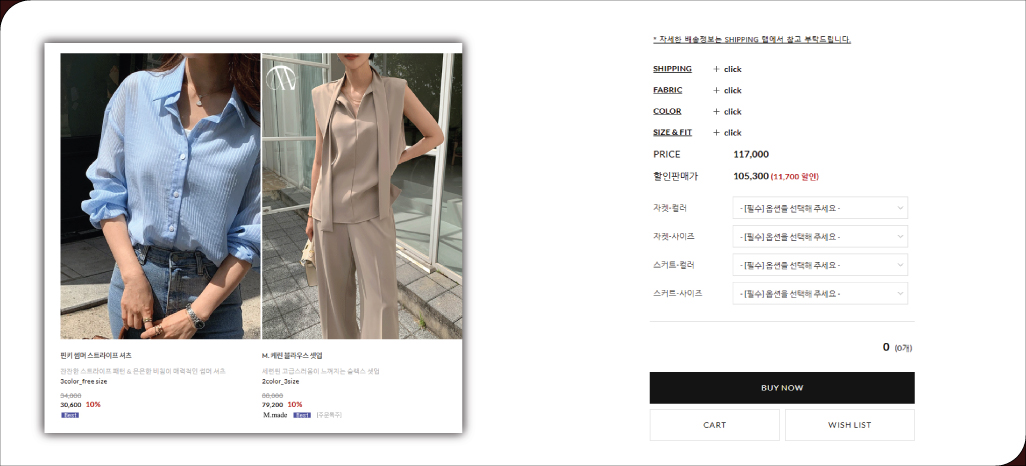
Beyond pricing and trend data, Naver Shopping Data Extraction provides valuable insights through consumer review analysis. Korean consumers are known for leaving detailed, specific product reviews that highlight positive features and improvement opportunities. By analyzing this feedback at scale, retailers can identify product development opportunities and refinement needs.
Natural language processing of Naver Shopping reviews reveals several patterns that can inform product development:
Specific material preferences across product categories.
Feature priorities that differ from Western consumer preferences.
Usability concerns that aren't commonly highlighted in Western reviews.
Packaging and presentation elements that drive purchase satisfaction.
Sustainability considerations that influence buying decisions.
These insights can guide product development and refinement processes, helping retailers create offerings that align with evolving consumer preferences. E-Commerce Scraping Tools, designed explicitly for review analysis, can transform this qualitative data into actionable business intelligence.
Leveraging Naver API For Retail Data and Integration Possibilities
For retailers seeking more systematic access to Naver's rich data ecosystem, Naver API For Retail Data provides structured access to various data points.
The API offers capabilities that go beyond traditional web scraping methods, including access to:
Historical pricing data for competitive analysis.
Category-level trend identification.
Search term popularity metrics.
Regional preference variations.
Seller performance metrics.
Implementing the Naver API For Retail Data requires technical expertise but offers more stable and comprehensive data access than web scraping methods. The structured data format also makes integration with existing business intelligence systems more straightforward, enabling automated reporting and analysis pipelines.
Many leading retail intelligence platforms have begun incorporating the Naver API For Retail Data into their solutions, recognizing the value of these insights for developing global retail strategy. This integration trend highlights the growing importance of Korean e-commerce intelligence in global retail planning.
Consumer Demographic Insights for Target Market Refinement
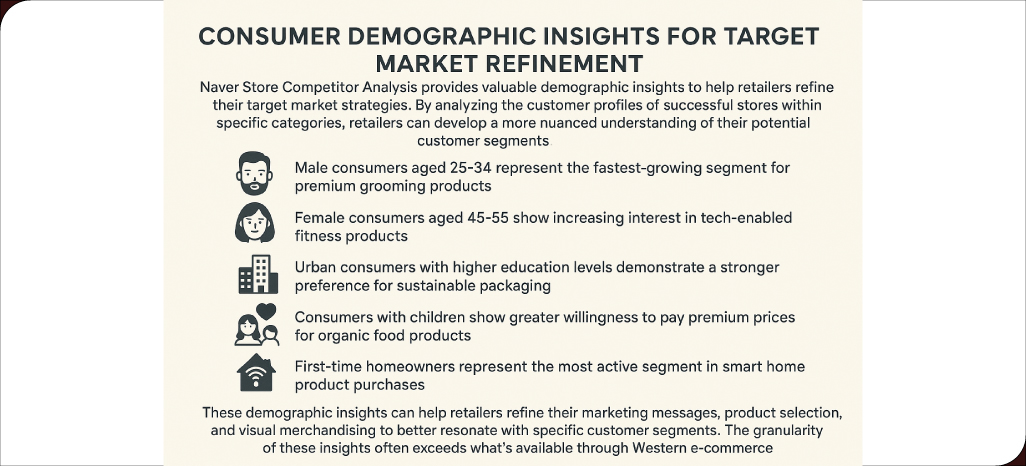
Naver Store Competitor Analysis provides valuable demographic insights to help retailers refine their target market strategies. By analyzing the customer profiles of successful stores within specific categories, retailers can develop a more nuanced understanding of their potential customer segments.
Recent analysis of Naver Shopping data reveals several interesting demographic patterns:
Male consumers aged 25-34 represent the fastest-growing segment for premium grooming products.
Female consumers aged 45-55 show increasing interest in tech-enabled fitness products.
Urban consumers with higher education levels demonstrate a stronger preference for sustainable packaging.
Consumers with children show greater willingness to pay premium prices for organic food products.
First-time homeowners represent the most active segment in smart home product purchases.
These demographic insights can help retailers refine their marketing messages, product selection, and visual merchandising to better resonate with specific customer segments. The granularity of these insights often exceeds what's available through Western e-commerce platforms.
Price Optimization Strategies Based on Market Intelligence
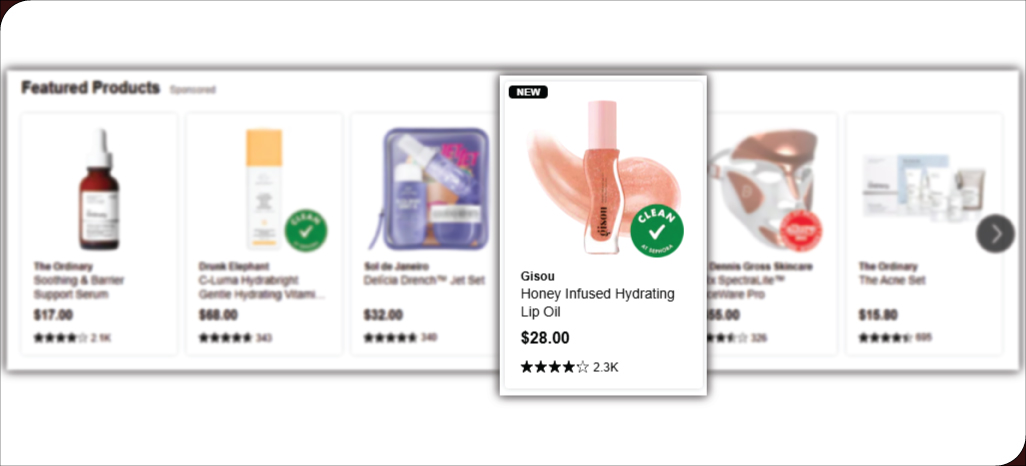
Implementing Price Optimization Service capabilities based on Naver Shopping intelligence can transform a retailer's competitive positioning. Korean e-commerce is characterized by sophisticated pricing strategies that balance profitability with market share considerations.
By analyzing these strategies, retailers can develop more nuanced approaches to their pricing methodologies. Dynamic Pricing Solutions based on Naver Shopping data typically incorporate:
Time-based pricing adjustments to capitalize on peak shopping periods.
Competitor-responsive pricing algorithms with defined parameters.
Bundle pricing strategies that maximize perceived value.
Membership and loyalty pricing structures that encourage repeat purchases.
Limited-time offers frameworks that create purchase urgency.
Implementing these sophisticated pricing models can significantly improve profit margins while maintaining competitive market positioning. Price Comparison Tools, incorporating Naver Shopping data, provide the necessary intelligence to support these advanced pricing strategies.
Naver Product Catalog Scraping for Assortment Planning
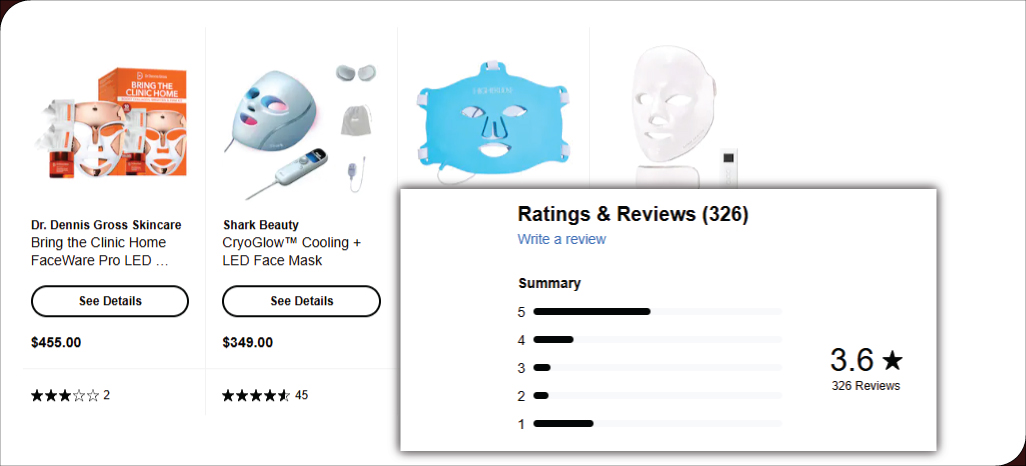
Effective retail merchandising begins with strategic assortment planning. Naver Product Catalog Scraping reveals valuable insights into optimal product assortment strategies across different categories. Korean retailers demonstrate sophisticated approaches to category management that balance breadth and depth considerations.
Analysis of successful Naver Shopping stores reveals several assortment planning principles:
Optimal category depth varies significantly based on product type and price point.
Successful color and size assortments follow distinct patterns within different product categories.
Complementary product offerings follow specific adjacency patterns.
The timing of the introduction of new products follows predictable seasonal rhythms.
Product retirement strategies depend on category life cycle patterns.
By applying these principles to their assortment planning processes, retailers can develop more effective merchandising strategies that maximize sales potential while minimizing inventory investment. The strategic insights gained through Naver Product Catalog Scraping can transform category management approaches across retail organizations.
The Future of Retail Intelligence

The retail landscape continues to evolve rapidly, with data-driven decision-making becoming the defining characteristic of market leaders. As this evolution continues, we anticipate several developments in how retailers leverage Naver Product Catalog Scraping:
AI-Powered Trend Prediction: Moving beyond descriptive analytics to predictive modeling that forecasts trend emergence before traditional signals appear.
Cross-Platform Intelligence: Integrating Naver data with other marketplace signals to create comprehensive market views rather than platform-specific insights.
Automated Decision Execution: Progressing from human-interpreted analytics to systems that automatically execute inventory and pricing decisions based on real-time data signals.
Collaborative Data Networks: Retailers forming data cooperatives, pooling anonymized intelligence to create larger, more powerful datasets than any organization could develop.
As these capabilities evolve, the competitive advantage will increasingly belong to retailers who not only collect data but also develop the organizational capabilities to act on it quickly and precisely.
How Retail Scrape Can Help You?
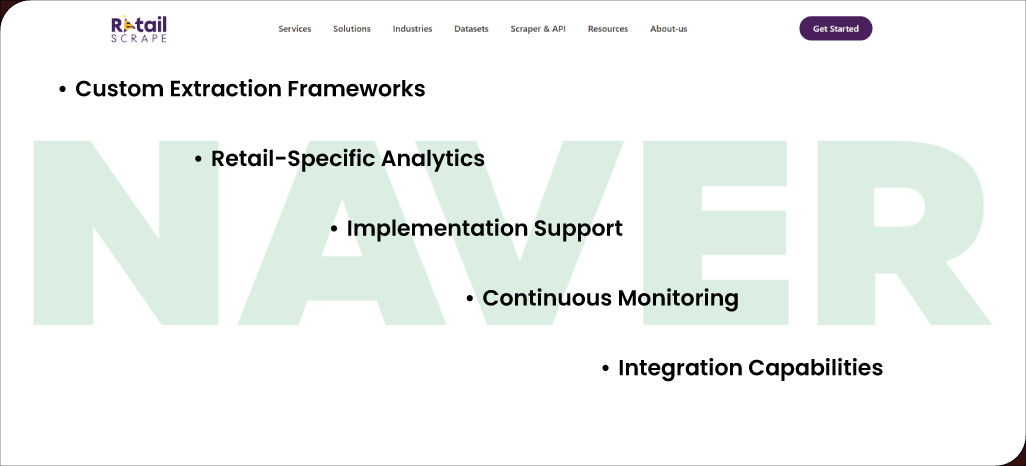
We specialize in unlocking the power of Naver Shopping Data Extraction for retailers seeking growth in the Korean market. Our proprietary technology combines advanced extraction capabilities with retail-specific analysis frameworks to deliver actionable intelligence rather than raw data.
Our solution includes:
Custom Extraction Frameworks: We've developed specialized extraction technology that captures Naver's platform's unique attributes while maintaining compliance with the terms of service.
Retail-Specific Analytics: Our team includes former retail buyers and merchandisers who translate technical data into retail-relevant insights about pricing, assortment, and promotion strategies.
Implementation Support: We deliver reports and provide implementation guidance on translating insights into specific inventory, pricing, and merchandising actions.
Continuous Monitoring: Our systems track critical metrics, alerting you to emerging opportunities and competitive threats before they impact your business.
Integration Capabilities: Our data seamlessly connects with your existing systems through custom APIs, scheduled exports, or direct database connections.
Unlike general E-Commerce Scraping Tools, our solutions are specifically designed for retail decision-making, with frameworks that align with how merchants, buyers, and category managers work.
Conclusion
In today's data-driven retail environment, maintaining competitive relevance requires more than intuition and experience—it demands systematic intelligence that only tools like Price Optimization Service can provide. The retailers who thrive will transform Naver's rich data landscape into actionable strategies that align perfectly with consumer demand.
Ready to unlock the power of Korean e-commerce data for your retail business? Contact Retail Scrape today to discover how our specialized Price Comparison Tools can transform your approach to the Korean market. Our team of retail data specialists will work with you to develop a custom intelligence solution that addresses your business challenges and growth objectives.
Source : https://www.retailscrape.com/strategic-retail-planning-via-naver-shopping-data-extraction.php
Originally Published By https://www.retailscrape.com/
#NaverShoppingDataExtraction, #NaverShoppingAnalysis, #PriceTrackingScraping, #RealTimePricingIntelligence, #NaverShoppingData, #NaverAPIForRetailData, #NaverCompetitorAnalysis, #PriceOptimizationService, #DynamicPricingSolutions, #PriceComparisonTools, #RetailScrape, #NaverAPIIntegrationPossibilities
Subscribe to my newsletter
Read articles from retailscrape directly inside your inbox. Subscribe to the newsletter, and don't miss out.
Written by

retailscrape
retailscrape
We offer customized data scraping solutions for industries such as E-commerce, Food Delivery, Real Estate, Travel, Grocery, Liquor, and Entertainment. Real-time pricing, trends about customers, and market data give insights to optimize strategies and push business forward.